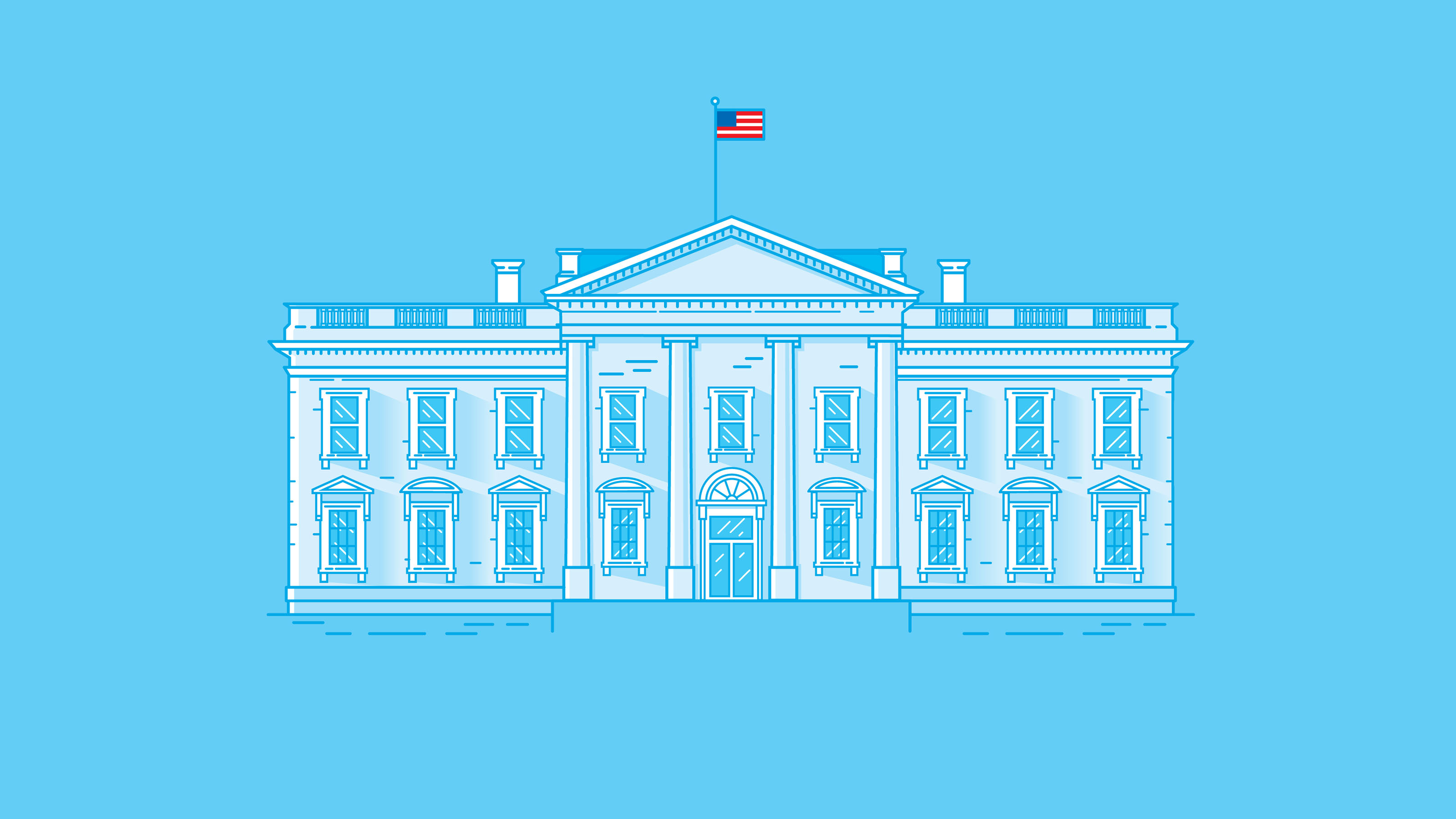Emerging Markets Hit the Big Time
These seven companies in developing nations offer first-rate opportunities for growth.
The contrast between the economic health of the industrialized world and that of many developing countries couldn't be starker. In the U.S., Europe and Japan, unemployment is high, and consumers are curbing spending as they strain to repay loans. From Washington to Tokyo, public finances are a mess. In contrast, emerging markets such as Brazil and India found their feet quickly after the severe global slump. Their banking systems are in ruddy good health, and their economies are expanding nicely. A growing number of middle-class consumers, many seeking to buy their first home and car, are willing and able to take on more debt. And let's not forget growth-demon China, whose government sits atop a pile of $2.4 trillion in foreign-exchange reserves.
The period from 2000 through 2009 was not a lost decade for emerging-markets stocks. They returned 10% annualized, compared with nothing for Standard & Poor's 500-stock index.
We can't say whether the pattern will be the same in the coming decade. But we can say with a high degree of conviction that economic growth will continue to be much more robust in the developing world. David Semple, manager of Van Eck Emerging Markets Fund, predicts that annual growth in emerging nations will be at least four to five percentage points higher than in the developed world over the next three to five years. "The big picture for me boils down to one word: leverage," he says. In short, he means that emerging economies are not weighed down by the ball and chain of excessive debt.
From just $107.88 $24.99 for Kiplinger Personal Finance
Become a smarter, better informed investor. Subscribe from just $107.88 $24.99, plus get up to 4 Special Issues

Sign up for Kiplinger’s Free Newsletters
Profit and prosper with the best of expert advice on investing, taxes, retirement, personal finance and more - straight to your e-mail.
Profit and prosper with the best of expert advice - straight to your e-mail.
Given the way the world has changed over the past decade, we thought it would be an opportune time to take a look at some high-quality emerging-markets stocks. We started by considering only stocks that trade in the U.S. In choosing our seven favorites, we used many of the same criteria we would employ to pick U.S. companies. We like market leaders with solid balance sheets, high returns on capital and good growth prospects.
With certain exceptions, such as firms that make generic drugs or provide technological services (globally growing industries that help customers reduce costs), we favored companies oriented toward their domestic economies over ones that rely on exports. Why? The old model of an Atlas-like U.S. consumer hoisting the global economy on his shoulders is dead. Many advanced countries will require years to sort out their economic ailments, and that will squeeze imports. Populous giants -- China, India and Brazil in particular -- will be able to tap into their own vast markets.
Emerging markets have a habit of delivering solid returns over the long run, but there are always bumps in the road. So you should buy individual stocks only if you have a high degree of tolerance for risk. (For those who prefer to invest in emerging markets through funds, here are three of our favorites.)
Indian heavyweights
China and India are both humming. But their models for economic development are miles apart. Beijing has made the most out of central control, abundant savings and sound public finances to invest aggressively in a modern infrastructure. That and a bottomless sea of low-cost, productive labor has helped attract vast amounts of foreign capital to manufacturing enterprises. Result: China has surpassed Germany and the U.S. to become the world's leading exporter.
India suffers from budget deficits, pricier capital and an inefficient democratic government, which has erected new infrastructure at a snail's pace. Deficient roads, ports and airports, along with the high cost of money, have hampered manufacturing and export industries.
But India has a longer tradition of private enterprise and an enormous pool of low-cost, high-quality, English-speaking brainpower, particularly in science, math and engineering. The result is world-class, knowledge-based companies, such as Infosys (symbol INFY) and Dr. Reddy's Laboratories (RDY).
Infosys symbolizes the dizzying growth of India's export-oriented information-technology-services industry. In the 1990s, U.S. companies outsourced to India fairly low-value IT services, such as software debugging and "Y2K" testing. But ambitious firms such as Infosys realized that India, with its highly skilled software engineers, could do much more.
Over the past decade, Infosys, which serves more than 500 firms around the world, has moved into increasingly sophisticated services, such as software design and development, systems integration, and consulting. It now competes with the likes of Accenture, IBM and Hewlett-Packard's EDS unit.
From 2000 through 2009, revenues vaulted 23-fold, to $4.6 billion, and profits grew 21-fold, to $1.3 billion. Growth is slowing, but analysts think that this superbly managed company can continue to generate earnings growth of 19% annually over the next three to five years.
The tale of India's pharmaceutical industry -- the country has become pill maker to the world -- is compelling but much less well known than its IT-services story. Founded in 1984 by scientist Anji Reddy, Dr. Reddy's established itself as a producer of bulk ingredients for drugs. But Reddy realized that India, which had an abundance of chemists and chemical engineers, as well as self-sufficiency in the ingredients needed to make drugs, had great potential in the industry. When India's economy opened to the world in the 1990s, Anji Reddy pounced.
First, Dr. Reddy's became a major exporter of raw materials to drug makers. Then it developed a generics business -- making and exporting drugs as they went off-patent in the U.S. and elsewhere. The company invested heavily in research, enabling Dr. Reddy's to be the first to market with many generics and to discover new drug molecules, some of which it has licensed to pharmaceutical heavyweights, such as Novartis and Novo Nordisk. Today, Dr. Reddy's books 84% of its $1.5 billion in annual sales outside of India, with generics representing 72% of the business. S&P thinks Dr. Reddy's can boost earnings 24% a year over the next three years.
Wireless-phone giant
As with many other developing countries, China historically had relatively few land-line phones. Then mobile telephony arrived, and the Chinese seized the technology to leapfrog wired lines. China Mobile (CHL), with strong backing from Beijing (its controlling shareholder) and efficient execution, quickly moved to blanket the country. Today, China Mobile has more than 500 million subscribers, who each pay $11 a month, on average. With a market value of $195 billion, Mobile is the world's largest wireless-phone company.
The investment case for China Mobile has four components: growth, price, yield and currency. Because only 50% of China's adult population has cell-phone service (compared with 90% in the U.S.), the company can continue to add tens of millions of new subscribers each year. The stock sells for only 12 times projected 2010 earnings and yields a respectable 3.7%.
The last piece is currency. China is under enormous international pressure to increase the value of the yuan, which is pegged to the U.S. dollar. Appreciation of the yuan seems probable, a move that would benefit U.S. investors. As a purely domestic company, all of China Mobile's assets and revenues are denominated in yuan.
Big steel in Korea
One key to investing in emerging markets is understanding that their patterns of consumer and industrial demand can be utterly different from those of mature economies. Emerging nations are simply at an earlier stage of economic development. Take steel, which has been a shrinking business in the U.S., Japan and Europe for years. In many developing countries, though, rapid urbanization and surging incomes are creating a voracious demand for steel-hungry infrastructure, as well as motor vehicles and other long-lasting consumer goods.
That creates plenty of opportunities for South Korea's Posco (PKX), Asia's most profitable steel company. Many analysts, such as Leo Larkin, of S&P, reckon that Posco is the world's most efficient producer of steel. In 2009, a year of near-depression conditions in steel (world demand collapsed by 40%, estimates S&P), Posco still forged handsome profits.
It helps that Posco has so many globally competitive customers in Korea: The Koreans are fearsomely competitive exporters of autos, appliances and leviathan crude-oil carriers. Posco directly exports one-third of its steel output, mostly to Asian neighbors. Posco's strengths -- it works relentlessly to improve process technology and energy efficiency -- have attracted some noted value investors. Warren Buffett's Berkshire Hathaway purchased a large stake in February 2009, and Marty Whitman's Third Avenue Value Fund is a big shareholder.
Master brewer
Beer, a more easily consumed product, has gone flat in advanced countries but still bubbles in the developing world. Around the globe, beer consumption increases along with income (except where religion interferes). In richer countries, by contrast, demand stagnates or declines as satiated consumers cut back or splurge on more-expensive alcoholic beverages.
SABMiller (SBMRY.PK) is a master at marketing beer to the developing world. The former South African Breweries is a superbly managed company that has built a powerful and remarkably balanced global presence through shrewd acquisitions (it bought Miller Brewing in 2002), joint ventures and an ability to adapt skillfully to local conditions around the world. SABMiller books more than 75% of sales in emerging economies; South Africa accounts for only 17% of its business.
For example, SAB has a monopoly in Colombia, where beer drinkers are abundant. The company helped to develop the local barley industry, which now employs 100,000 farmers. For Uganda and other poor African nations that can't afford barley-based beer, SAB developed a cheaper, sorghum-based brew sold in paper containers. In China, the world's biggest beer market by volume, SAB controls Snow, the largest local brand, through a joint venture with a state enterprise. As consumers in developing nations seek higher quality and status, SAB sells them premium brands that it has acquired, such as Miller and Grolsch.
Brazilian charmers
Compared with the developed world, the opportunities for many service businesses are far greater in emerging markets. For example, U.S. banks are reducing leverage and shying away from lending. Many of their customers are weighed down by debt.
Emerging-markets banks, such as Brazil's Itaú Unibanco (ITUB), lean the other way. There's nothing fancy about Itaú, Latin America's largest private bank, but that's the appeal. The bank is well capitalized and practices old-fashioned, ordinary banking: It takes deposits through its thousands of branches and ATMs across Brazil and earns fat interest margins when it extends loans to corporate and individual borrowers. It helps that Brazil's economy is thriving and that most financial-services markets have a lot of room to grow. For example, the ratio of mortgage debt to gross domestic product in the U.S. is more than 20 times higher than in Brazil.
Finally, we'll leave you with another Brazilian giant, Petrobras (PBR) -- formally Petróleo Brasileiro. This government-affiliated but publicly traded energy company dominates domestic oil production, refining and marketing. The largest deep-water oil producer in the world, Petrobras has scored major new discoveries in recent years in the seas off the coast of Brazil.
Gonzalo Pangaro, manager of T. Rowe Price Emerging Markets Stock Fund, thinks continued expansion of Petrobras's proven reserves will allow the company to increase production volumes in high-single-digit percentages annually for a number of years to come (many major energy companies struggle merely to sustain flat oil output). After a recent selloff, the stock trades at 11 times 2010 earnings.
Profit and prosper with the best of Kiplinger's advice on investing, taxes, retirement, personal finance and much more. Delivered daily. Enter your email in the box and click Sign Me Up.
Andrew Tanzer is an editorial consultant and investment writer. After working as a journalist for 25 years at magazines that included Forbes and Kiplinger’s Personal Finance, he served as a senior research analyst and investment writer at a leading New York-based financial advisor. Andrew currently writes for several large hedge and mutual funds, private wealth advisors, and a major bank. He earned a BA in East Asian Studies from Wesleyan University, an MS in Journalism from the Columbia Graduate School of Journalism, and holds both CFA and CFP® designations.
-
 Is Mechanical Breakdown Insurance Better Than an Extended Car Warranty?
Is Mechanical Breakdown Insurance Better Than an Extended Car Warranty?More insurers are starting to offer mechanical breakdown insurance to new car owners. What is it and should you buy it?
-
 What to Do When You Bank Lowers Your APY
What to Do When You Bank Lowers Your APYWhy banks lower APYs, options you can explore when it happens and whether more rate cuts are on the horizon.
-
 Forget Financial Forecasts: Focus on These 3 Goals for Success
Forget Financial Forecasts: Focus on These 3 Goals for SuccessWe know the economy is unpredictable and markets will do what they do, no matter who predicts what. Here's how to focus on what you can control.
-
 Best Banks for High-Net-Worth Clients
Best Banks for High-Net-Worth Clientswealth management These banks welcome customers who keep high balances in deposit and investment accounts, showering them with fee breaks and access to financial-planning services.
-
 White House Probes Tracking Tech That Monitors Workers’ Productivity: Kiplinger Economic Forecasts
White House Probes Tracking Tech That Monitors Workers’ Productivity: Kiplinger Economic ForecastsEconomic Forecasts White House probes tracking tech that monitors workers’ productivity: Kiplinger Economic Forecasts
-
 Stock Market Holidays in 2026: NYSE, NASDAQ and Wall Street Holidays
Stock Market Holidays in 2026: NYSE, NASDAQ and Wall Street HolidaysMarkets When are the stock market holidays? Here, we look at which days the NYSE, Nasdaq and bond markets are off in 2026.
-
 Stock Market Trading Hours: What Time Is the Stock Market Open Today?
Stock Market Trading Hours: What Time Is the Stock Market Open Today?Markets When does the market open? While the stock market has regular hours, trading doesn't necessarily stop when the major exchanges close.
-
 Bogleheads Stay the Course
Bogleheads Stay the CourseBears and market volatility don’t scare these die-hard Vanguard investors.
-
 The Current I-Bond Rate Is Mildly Attractive. Here's Why.
The Current I-Bond Rate Is Mildly Attractive. Here's Why.Investing for Income The current I-bond rate is active until April 2026 and presents an attractive value, if not as attractive as in the recent past.
-
 What Are I-Bonds? Inflation Made Them Popular. What Now?
What Are I-Bonds? Inflation Made Them Popular. What Now?savings bonds Inflation has made Series I savings bonds, known as I-bonds, enormously popular with risk-averse investors. How do they work?
-
 Investing in Emerging Markets Still Holds Promise
Investing in Emerging Markets Still Holds PromiseEmerging markets have been hit hard in recent years, but investors should consider their long runway for potential growth.